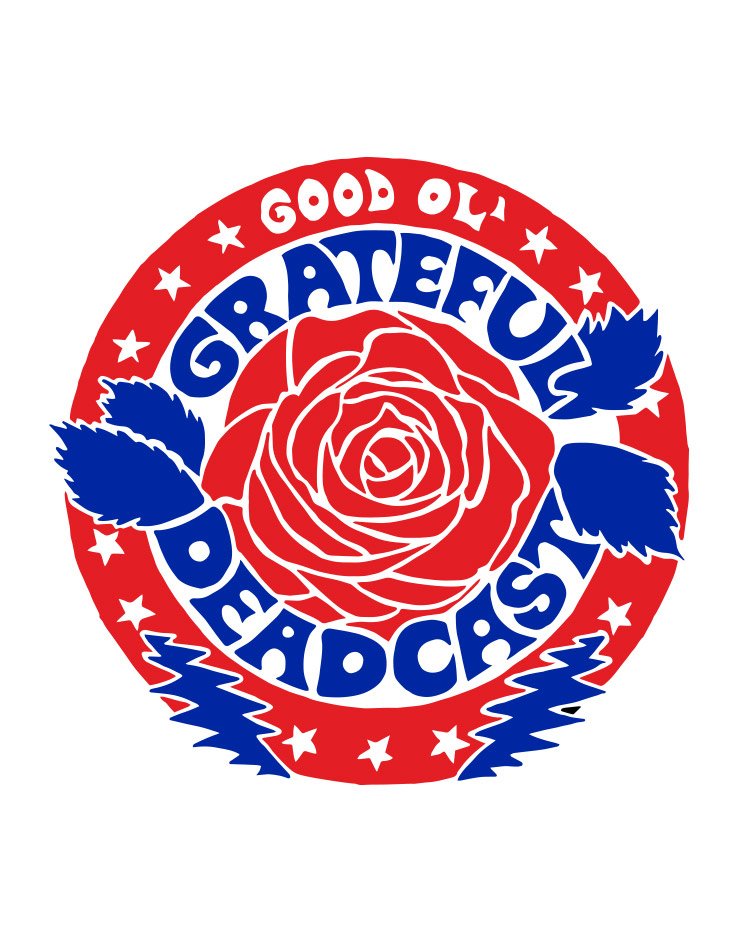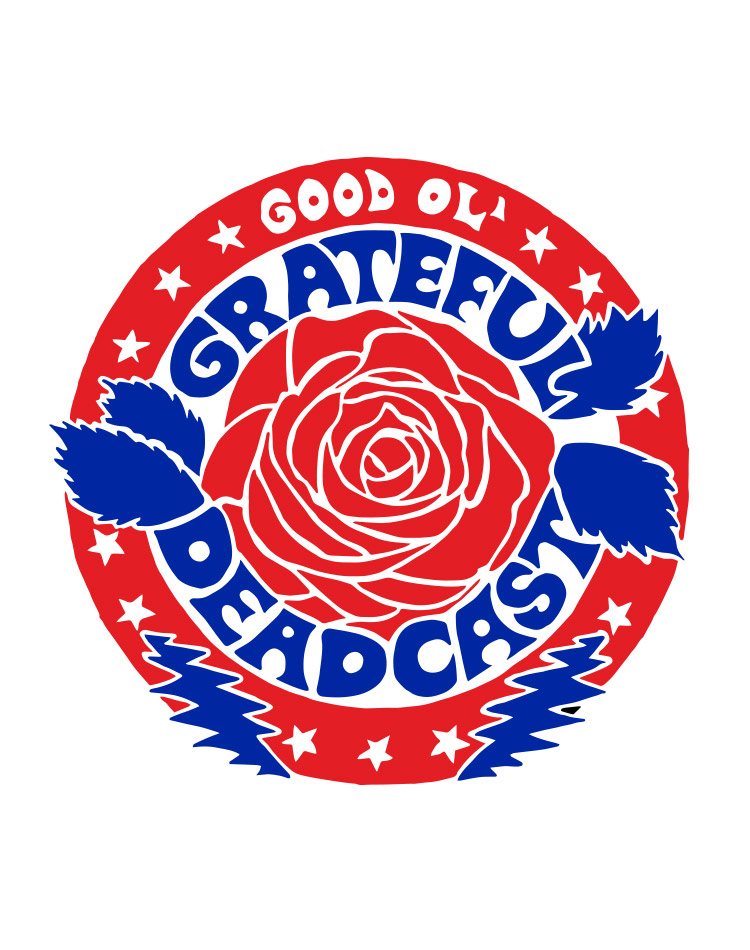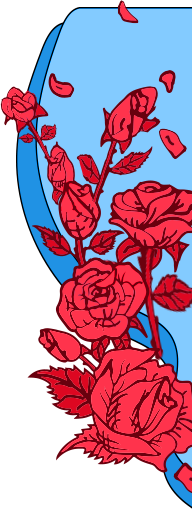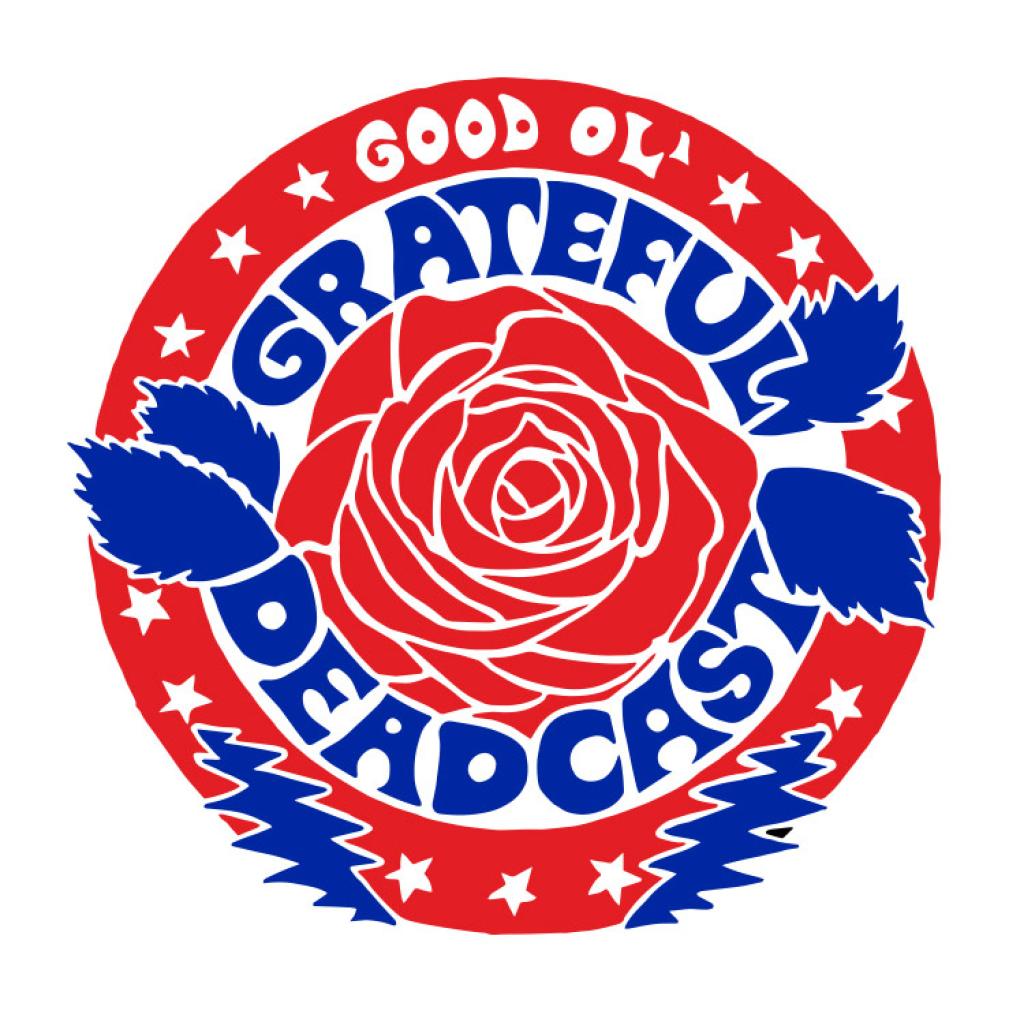Our celebration of the Skull & Roses 50th anniversary reissue continues as we explore the “spaceship in construction” of the Grateful Dead in 1971 with Rosie McGee, luthier Rick Turner (maker of Jerry Garcia’s Peanut guitar), tie-dye pioneer Courtenay Pollack, & rare audio.


Skull & Roses 50: Side B supplementary notes
by Jesse Jarnow
The lyrics to “The Other One” make reference to “Cowboy Neal,” Neal Cassady, known as “Dean Moriarty” in Jack Kerouac’s On the Road. Deadcast pal Steve Silberman wrote this crucial essay, “Who Was Cowboy Neal?”
During a technical break on New Year’s Eve 1970 going into 1971, Grateful Dead guitarist Bob Weir observed, “this is what a spaceship looks like in construction.” We use the jams of “The Other One” to explore some of the colorful and innovative ground crew that supported the Dead and helped make Skull & Roses possible.
Rosie McGee spent a decade at the front lines of the Grateful Dead’s world, working with the Dead and other artists as photographer, management assistant, translator, industrial textile artist, and more, including a 1970-1971 stint at Alembic, the Dead’s innovative sound design offshoot. Her story and incredible photographs, many previously unseen, are in her memoir Dancing With the Dead available--along with prints--from her website.
Rick Turner built the guitar known as Peanut to play with his band Autosalvage in the late ‘60s, though it didn’t earn its name until Jerry Garcia picked it up just before the Dead began to record Skull & Roses. Garcia played it with the Dead throughout the spring of 1971, on all the shows recorded for the album, before putting it aside. Rick worked on Garcia’s Alligator Stratocaster, Phil Lesh’s Big Brown bass, and many other Dead-related projects, and continues to run Rick Turner Guitars.
Courtenay Pollock had recently invented his pioneering and eye-dazzling new tie-dye technique just before wandering accidentally into the Dead’s universe in late 1970. He continues to create some of the most dazzling tie-dyes on the planet.
This episode likewise uses some of the audio that makes up Garcia: A Signpost to New Space, a book compiling extended interviews by Charles Reich (and Jann Wenner) with Jerry Garcia in 1971 and 1972, available wherever books are sold from Hachette/Da Capo Press.
Comment
Neal was an artist? Objectively, no.
The way Jerry describes Cassady sounds more reckless and mentally unstable than artistic and enlightened. "An artist who was the art" is what I think he said on that taped interview. I'm sympathetic to the youthful enthusiasm. The things that gets me most about the accumulated interviews with the band, which are more available now than ever, is the lingering adolescence of what they say. It is worth noting that the Dead essentially stopped (slowed if you prefer) their psychological and social development (as individuals I mean) by removing themselves from society at large and going on the road in a kind of 30 year bubble. Their music evolved amazingly, but Jerry always comes across as barely post-adolescent (with an excellent vocabulary). I love them but a guy who drives recklessly and distractedly at high speed is thumbs down to me.







The way Jerry describes Cassady sounds more reckless and mentally unstable than artistic and enlightened. "An artist who was the art" is what I think he said on that taped interview. I'm sympathetic to the youthful enthusiasm. The things that gets me most about the accumulated interviews with the band, which are more available now than ever, is the lingering adolescence of what they say. It is worth noting that the Dead essentially stopped (slowed if you prefer) their psychological and social development (as individuals I mean) by removing themselves from society at large and going on the road in a kind of 30 year bubble. Their music evolved amazingly, but Jerry always comes across as barely post-adolescent (with an excellent vocabulary). I love them but a guy who drives recklessly and distractedly at high speed is thumbs down to me.